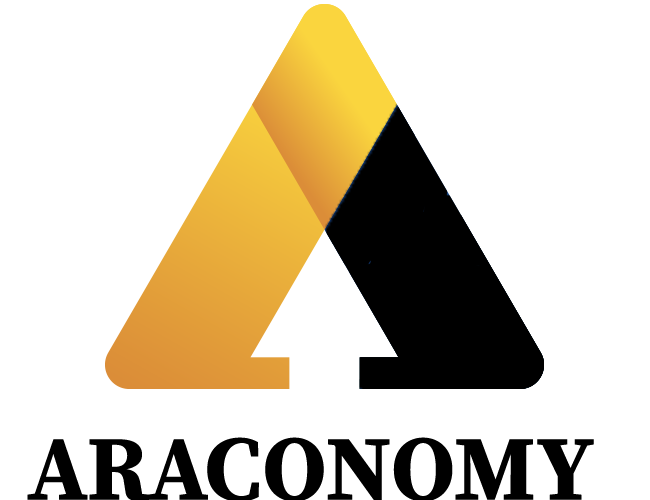Determining how much house you can afford is one of the most critical financial decisions you'll make. Our house affordability calculator helps you understand your home-buying power by analyzing your income, debts, and other financial factors to provide a realistic assessment of your purchasing capacity.
How Does the House Affordability Calculator Work?
The calculator uses several key financial metrics and industry-standard ratios to determine your maximum home price. It considers your gross annual income, existing monthly debt obligations, available down payment, current interest rates, and various homeownership costs to provide a comprehensive affordability analysis.
Key Insight: Most lenders use the 28/36 rule - your housing payment shouldn't exceed 28% of your gross monthly income, and your total debt payments shouldn't exceed 36% of your gross monthly income.
Factors That Determine Home Affordability
Annual Gross Income: This is your total income before taxes and deductions. Lenders typically use your gross income to calculate debt-to-income ratios and determine how much you can borrow.
Monthly Debt Payments: Include all recurring monthly obligations such as credit card minimum payments, student loans, car payments, and other installment debts. This doesn't include utilities, groceries, or other variable expenses.
Down Payment: The amount you can pay upfront affects both your loan amount and whether you'll need private mortgage insurance (PMI). A 20% down payment typically eliminates PMI requirements.
Interest Rate: Current mortgage rates significantly impact your monthly payment and overall affordability. Even a 0.5% difference in rates can affect your purchasing power by thousands of dollars.
Understanding Your Monthly Housing Costs
Your total monthly housing payment includes more than just principal and interest:
- Principal and Interest: The main mortgage payment that reduces your loan balance over time
- Property Taxes: Annual taxes divided by 12, typically 1-3% of home value depending on location
- Homeowners Insurance: Protects your investment, usually 0.3-1.5% of home value annually
- Private Mortgage Insurance (PMI): Required if down payment is less than 20%, typically 0.3-1.5% annually
Debt-to-Income Ratio Explained
The debt-to-income (DTI) ratio is a crucial factor lenders use to assess your ability to manage monthly payments. There are two types:
Front-End DTI: Your housing payment divided by gross monthly income. Most lenders prefer this to be 28% or lower.
Back-End DTI: Your total monthly debt payments (including the new mortgage) divided by gross monthly income. Lenders typically want this below 36%, though some programs allow up to 43%.
Important: While you may qualify for a certain loan amount, consider your comfort level with the monthly payment. Factor in other expenses like maintenance, utilities, and lifestyle costs when determining your ideal home price.
Tips for Improving Your Home Affordability
Increase Your Down Payment: A larger down payment reduces your loan amount, eliminates PMI, and may qualify you for better interest rates.
Pay Down Existing Debt: Reducing monthly debt obligations improves your DTI ratio and increases your qualifying loan amount.
Improve Your Credit Score: Higher credit scores typically qualify for better interest rates, reducing your monthly payment and increasing affordability.
Consider Different Loan Terms: While 30-year mortgages have lower monthly payments, 15-year loans offer significant interest savings over time.
Additional Considerations
Remember that homeownership involves costs beyond your mortgage payment. Budget for maintenance (typically 1-3% of home value annually), utilities, HOA fees if applicable, and potential repairs. It's wise to have an emergency fund covering 3-6 months of expenses, including your new housing payment.
Market conditions, location, and personal financial goals should also influence your decision. Use this calculator as a starting point, but consider consulting with a mortgage professional to explore your specific options and find the best loan program for your situation.
Remember: Pre-qualification gives you a general idea of your buying power, but pre-approval from a lender provides a more accurate assessment and strengthens your position when making offers.









